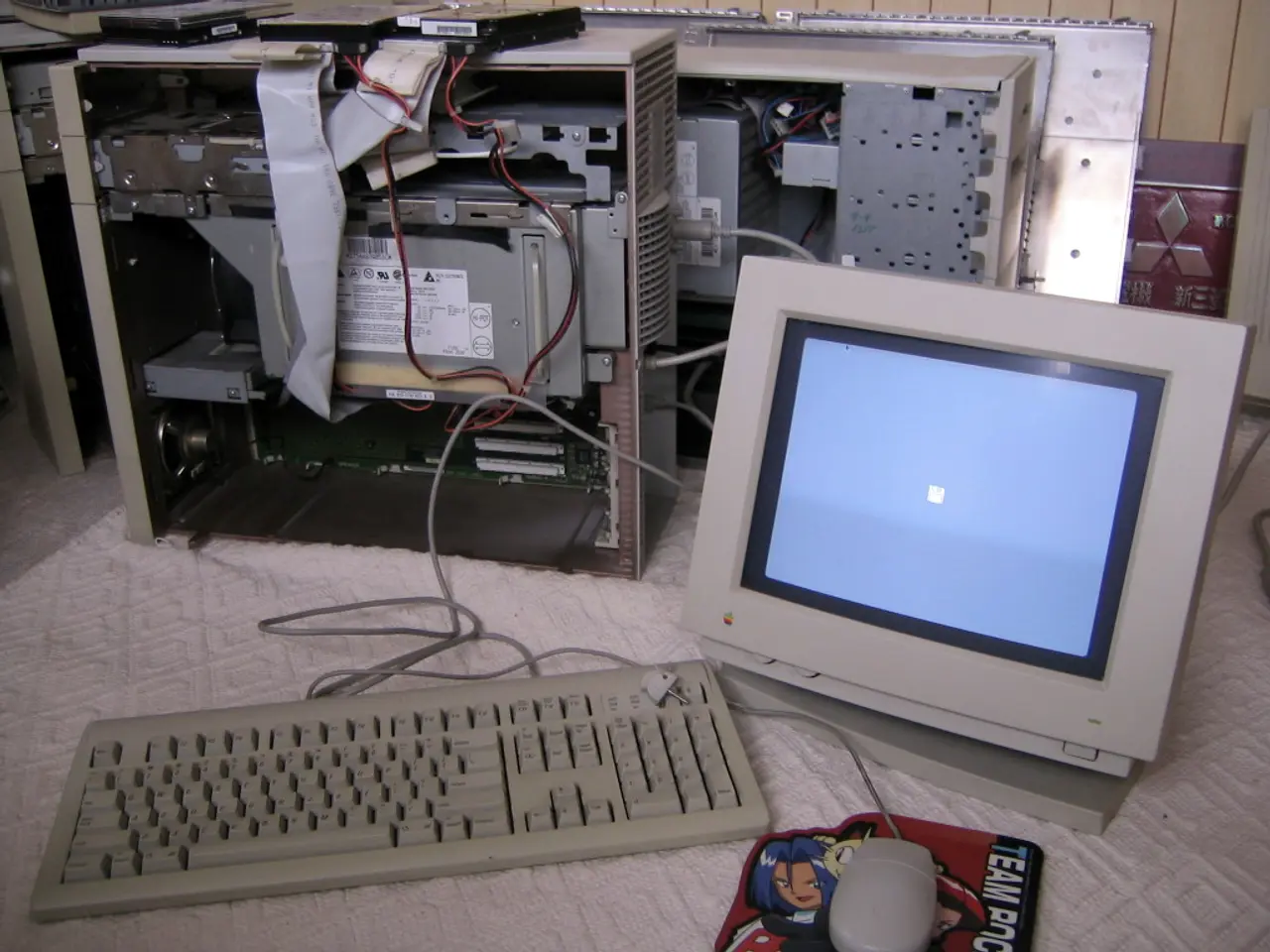All About Extended Reality: Comprehensive Insights You Require
Going Beyond Reality: A Peek into the Future of Immersion
Imagine stepping into a world where digital technology isn't just an extension but a seamless part of your everyday life. This future is closer than ever with the emergence of extended reality (XR). But what exactly is XR, and how does it work? Let's dive in.
XR: Blurring the Lines Between Digital and Physical
XR is the superset of three immersive technologies: Virtual Reality (VR), Augmented Reality (AR), and Mixed Reality (MR). Essentially, it's the art of connecting the digital world with our own, enabling human-machine interactions in virtual landscapes.
VR, AR, MR: What's the Difference?
Let's break it down:
- Virtual Reality (VR): VR banishes the real world, replacing it with a completely digital one. Special gear adorned with displays and controllers puts users right in the heart of the action.
- Augmented Reality (AR): Unlike VR, AR adds a digital layer to the real world. The tech can vary based on the equipment used. For example, smartphone cameras can capture images of the actual world, which AR then layers with virtual enhancements, viewable on your device's screen.
- Mixed Reality (MR): MR merges the digital world with the real, closer to VR than AR. While not completely severing ties with the physical realm, MR does create an environment where you can interact with digital objects within your physical space.
Extended Reality in Action
From retail and real estate to training and healthcare, XR technology is already reshaping a multitude of industries:
- Shopping and e-commerce: Imagine trying on clothes or furniture before you buy them, all without leaving your home. This is just one example of how XR can revolutionize your shopping experiences.
- Real estate: Virtual tours that let you explore properties before they're even constructed? XR has got you covered! It offers a new, innovative way to view properties, even if they're located miles away.
- Education: XR can recreate field trips, make complex subjects easier to understand, and even provide hands-on learning experiences.
- Training: XR can simulate real-life scenarios—perfect for preparing professionals in fields like medicine, aviation, or military operations.
- Collaboration: Empower your team to work from anywhere, at any time, with XR technology. From remote sales departments to project teams scattered across the globe, XR enables seamless collaboration.
- Manufacturing and repairs: XR can revolutionize quality control, audits, and repairs by allowing professionals to perform tasks remotely. This saves resources, time, and may even prevent costsly mistakes.
The Future of XR
The potential of XR is virtually limitless. As artificial intelligence advances, more natural interactions between users and XR systems become possible. Neural radiance fields (NeRF) and other AI technologies can help create 3D models from photos, making content creation accessible to the masses. The advent of spatial computing, lightweight headsets, and the Metaverse smart glasses promises even more widespread XR adoption.
In the pharma industry, XR can revolutionize drug design, treatment planning, and training. From medical education to surgery simulations, the possibilities are endless.
Unlock the future with our platform. Let's discuss how we can help you integrate XR technology into your business.
By Rafal Siejca, XR expert with over twenty years of corporate experience and a decade in VR. As the CEO and CTO of a leading XR company, Rafal ensures timely, high-quality project delivery for businesses worldwide.
- In the future, immersive learning technologies like extended reality (XR) will seamlessly blend digital technology with our everyday lives, transforming industries such as retail, real estate, education, training, and manufacturing.
- Artificial Intelligence is playing a crucial role in expanding the potential of XR, enabling more natural interactions between users and XR systems, and making content creation accessible to a broader audience with advancements like neural radiance fields (NeRF).
- As spatial computing, lightweight headsets, and the Metaverse smart glasses become more widespread, we can expect to see the integration of XR technology becoming even more commonplace in various sectors, revolutionizing the way we learn, collaborate, and interact with our digital world.








